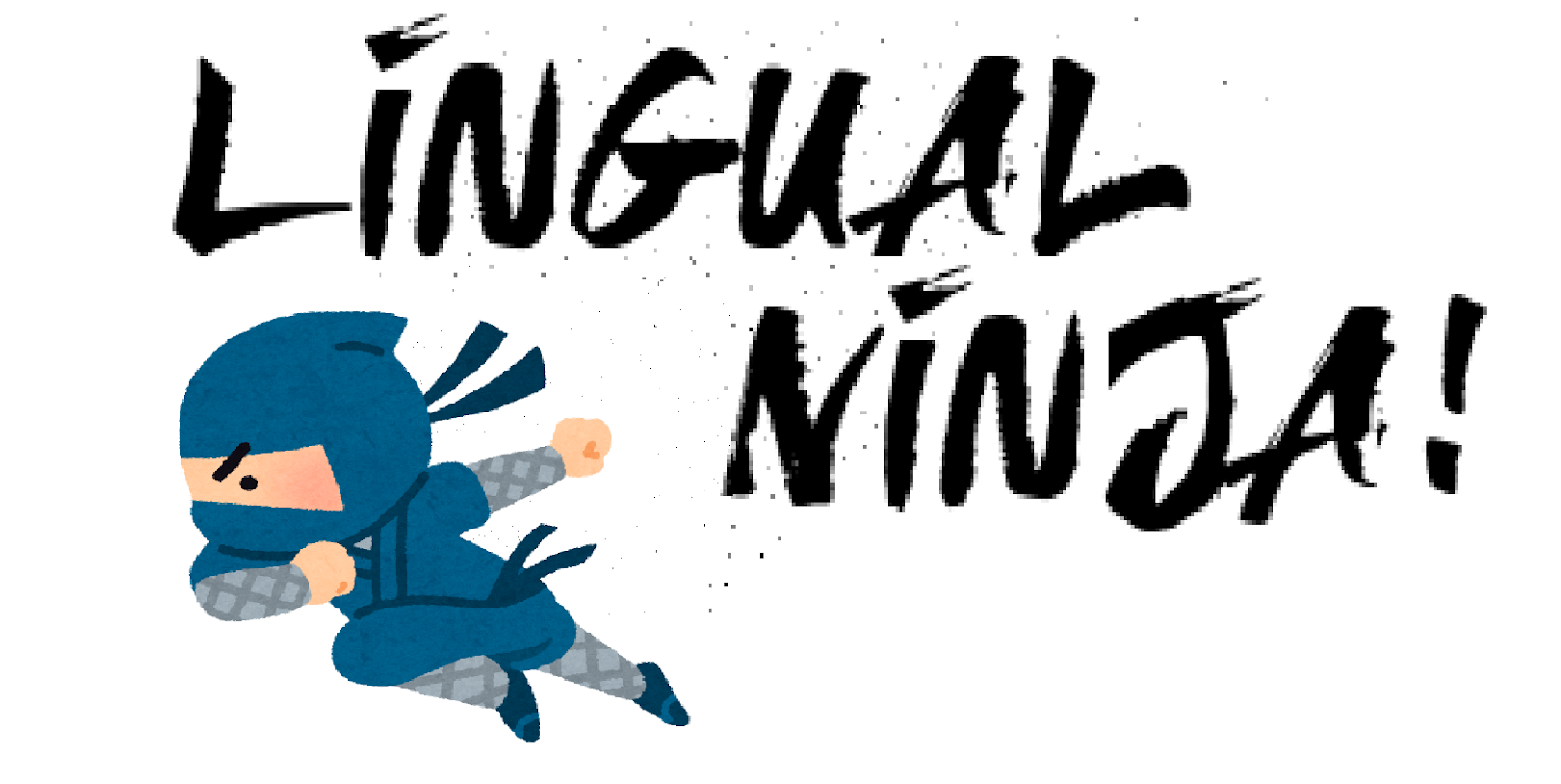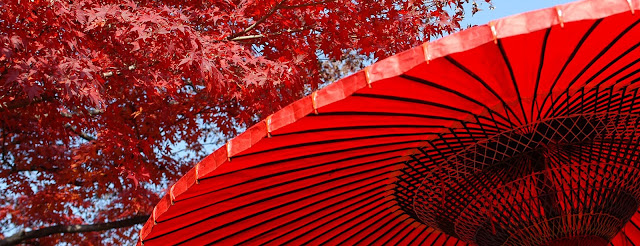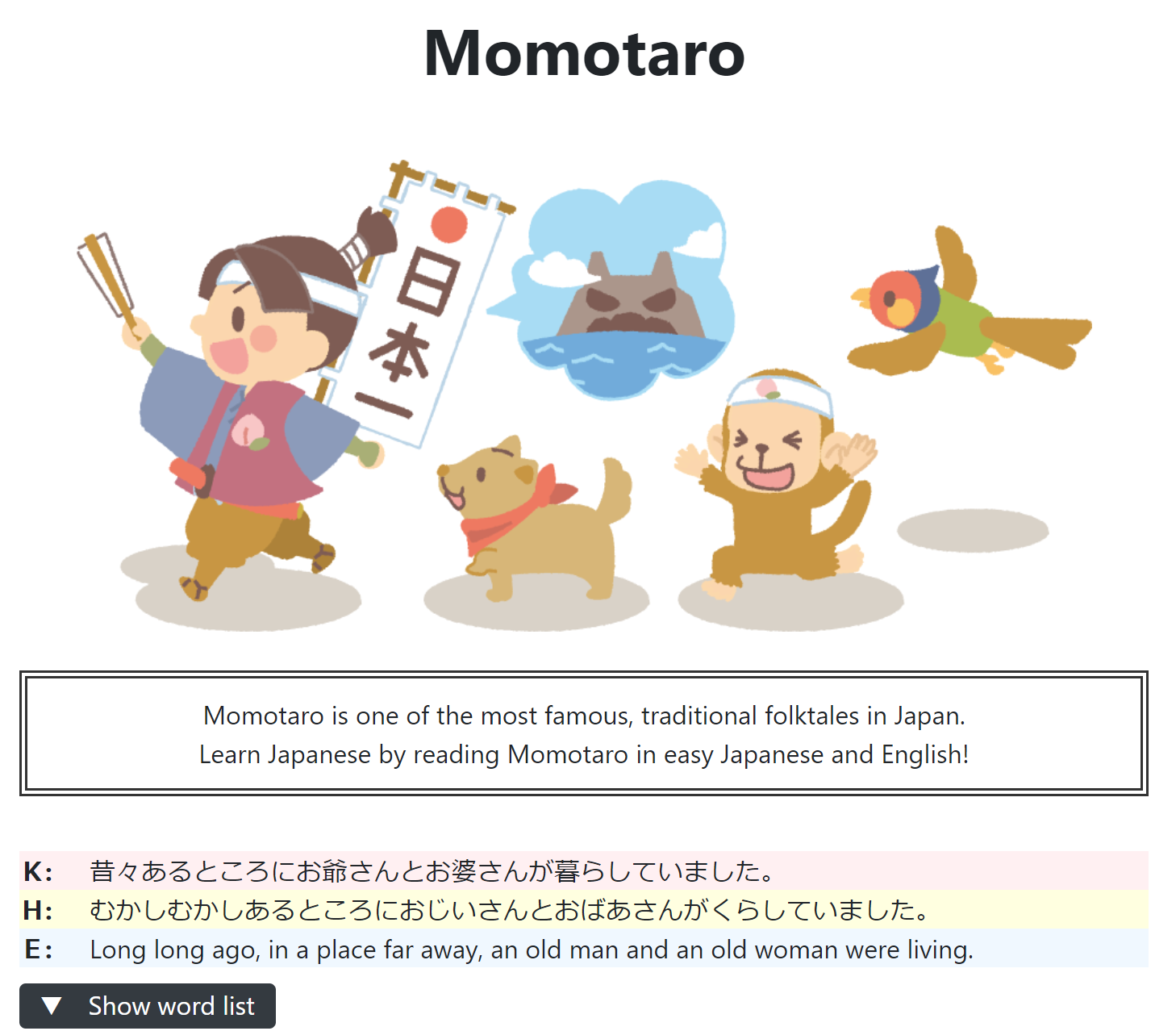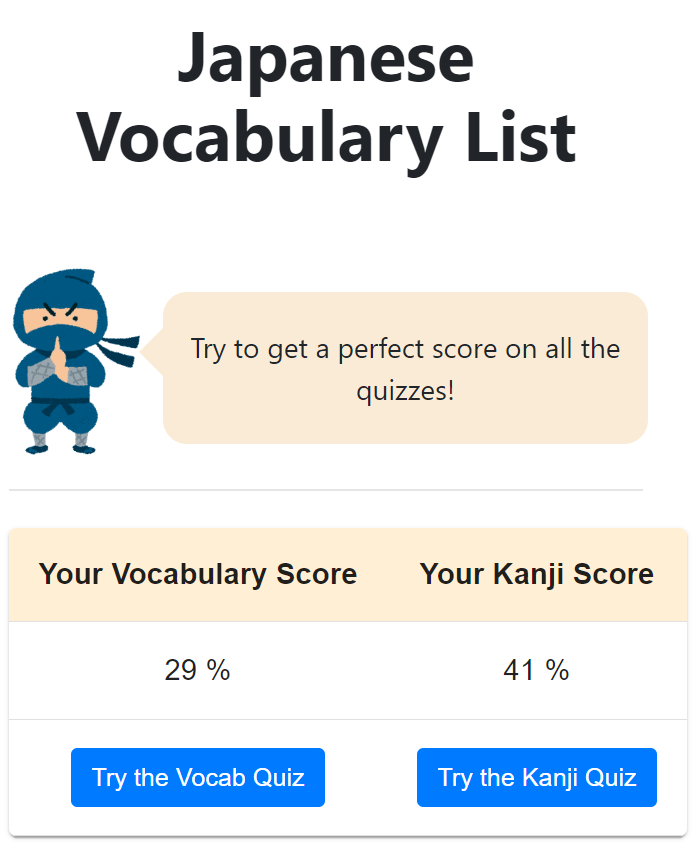Hello. I'm Kosuke!
Today, let's learn how to say "let's eat" in Japanese!
Index:
1. Summary
2. Tabemashou
2-1. The verb "taberu"
2-2. How to use "mashou"
3. Tabeni ikimashou
4. Itadakimasu?
5. Conclusion
1. Summary
2. Tabemashou
2-1. The verb "taberu"
2-2. How to use "mashou"
3. Tabeni ikimashou
4. Itadakimasu?
5. Conclusion
If you want to learn Japanese vocabulary about food, please check this video!
1. Summary
When you go to Japan, you will get many opportunities to eat with Japanese people.
When you want to say "let's eat" to Japanese people, please say,
"たべましょう (ta be ma sho u)"
If you want to say "let's go to eat", please say,
"たべにいきましょう (ta be ni i ki ma sho u)"
I will explain!
2. Tabemashou
"たべましょう (tabemashou)" is the basic way to say "let's eat" in Japanese.
If we write it in Kanji, it is "食べましょう".
What is Kanji? >>
"たべましょう (tabemashou)" can be split into two words, "たべ (tabe)" and "ましょう (mashou)".
2-1. The verb "taberu"
"たべ (tabe)" is the root of the verb "たべる (taberu)".
"たべる (taberu)" means "eat".
2-2. How to use "mashou"
Why does "たべる (taberu)" change its form into "たべ (tabe)"?
It is because of the word "ましょう (mashou)" after it.
"ましょう (mashou)" is a word which means "let's".
You can use this word with every verb in Japanese.
Examples:
Let's go.
⇒いき ましょう。
i ki ma sho u
いき(iki) or いく(iku): go
Let's walk.
⇒あるき ましょう。
a ru ki ma sho u
あるき(aruki) or あるく(aruku): walk
Let's do.
⇒し ましょう。
shi ma sho u
し(shi) or する(suru): do
Like above, if we put "ましょう (ma sho u)" right after a verb, it means "let's".
However, when we put a word right after Japanese verbs, we need to be careful.
We need to be careful because the form of Japanese verbs changes depending on the words that follow.
However, in the case of "ましょう (ma sho u)", it is not so difficult.
You should just remember:
The form is the same as "masu".
If you don't know "ます (masu)", please check this:
masu >>
Also, I've already explained about the particle "ながら (nagara)".
"ながら (nagara)" has the same form:
Particle nagara >>
Examples:
たべる (taberu): eat
たべ ます (tabe masu):
I eat.
たべ ましょう (tabe mashou):
Let's eat.
たべ ながら (tabe nagara)
while eating
いく (iku): go
いき ます (iki masu):
I go.
いき ましょう (iki mashou):
Let's go.
いき ながら (iki nagara):
while going
あるく(aruku): walk
あるき ます (aruki masu):
I walk.
あるき ましょう (aruki mashou):
Let's walk.
あるき ながら (aruki nagara):
while walking
する (suru): do
し ます (shi masu):
I do.
し ましょう (shi mashou)
Let's do.
し ながら (shi nagara)
while doing
Please think about how to use "ます(masu)" when you want to use "ましょう(mashou)"!
3. Tabeni ikimashou
As I explained above, "たべましょう (tabemashou)" means "Let's eat".
So when you want to say "Let's go to eat", what should you say?
It is
"たべにいきましょう。"
ta be ni i ki ma sho u
When we write it in Kanji, it is
"食べに行きましょう。"
ta be ni i ki ma sho u
We often use "に いきましょう (ni iki mashou)".
So I think you should remember this sentence.
"[Verb] に いきましょう (ni iki mashou)" means "Let's go to [verb]".
Also, in this case, the form of the verb is the same as "masu", just like above.
For example, if you want to say
"Let's go to eat",
you need to think what is "eat" in Japanese.
"たべる (taberu)" is the Japanese verb which means "eat".
So you should think about how to connect "たべる (taberu)" with "ます (masu)".
When we put "ます (masu)" after "たべる (taberu)", we say "たべます (tabe masu)".
So "る(ru)" needs to be deleted.
After thinking about it, you can replace "ます (masu)" with "に いきましょう (ni iki mashou)".
Finally, the sentence is complete.
"たべにいきましょう。"
ta be ni i ki ma sho u
Meaning: Let's go to eat.
You can use the steps above for all Japanese verbs when you want to say "Let's go to [verb]".
4. Itadakimasu?
I've already explained about "itadakimasu" in the past article.
It is a greeting which we say before eating.
I found some blogs mentioning that "itadakimasu" means "Let's eat".
However, I think that is different.
When someone says "Let's eat", they are inducing someone to eat.
However, "itadakimasu" just means "I" eat.
"Itadakimasu" is not related to another person's behavior.
If you want to know more about "itadakimasu", please check this:
Itadakimasu >>
"Itadakimasu" is a greeting used before eating.
If you want to know about a greeting used after eating, please check this:
Gochisousama >>
If you want to know how to say "delicious" in Japanese, please check this:
11 ways to say delicious >>
5. Conclusion
Please remember the two sentences below!
たべましょう。
ta be ma sho u
Meaning: "Let's eat."
たべにいきましょう。
ta be ni i ki ma sho u
Meaning: "Let's go to eat."
If you want to learn Japanese vocabulary about food, please check this video!
I hope this article helps you study Japanese!
Thank you for reading!



























Today I have learnt how to use iki, tabemashou and ikimashou!
ReplyDeleteKashikoi!